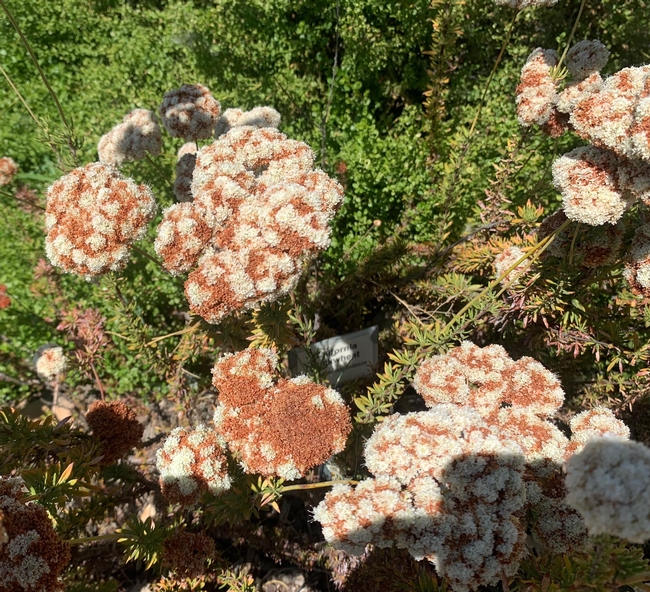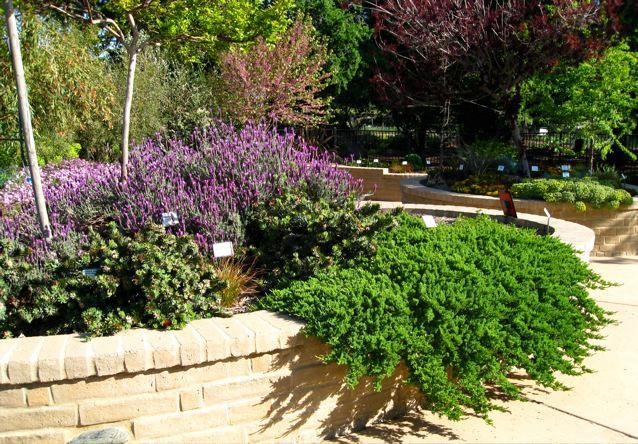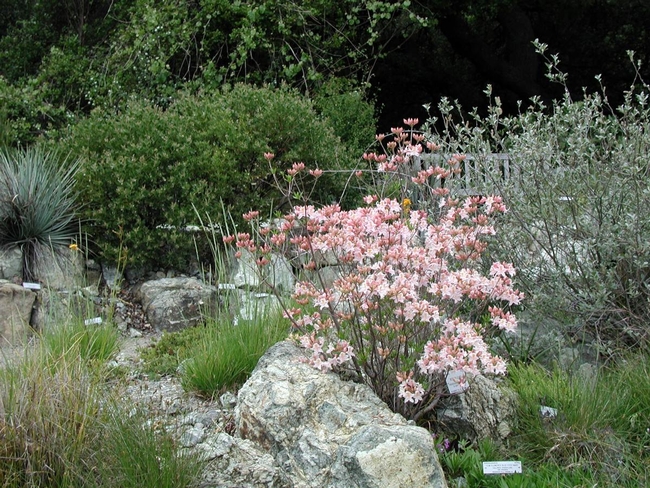Although spring is a wonderful time to see many native plants in bloom, each season has its own beauty, and a visit to a native plant garden now can provide inspiration for the fall planting season. California fuchsias (Epilobium spp.), asters (Aster spp.), California buckwheat (Eriogonum spp.), and desert willows (Chilopsis linearis) may still be blooming, and toyon (Heteromeles arbutifolia) berries are starting to color. The seed heads of native grasses provide interesting texture, and the leaves of deciduous trees like maples (Acer spp.) are beginning to color.
Here are four nearby gardens featuring California native plants that are well worth a visit any time of year.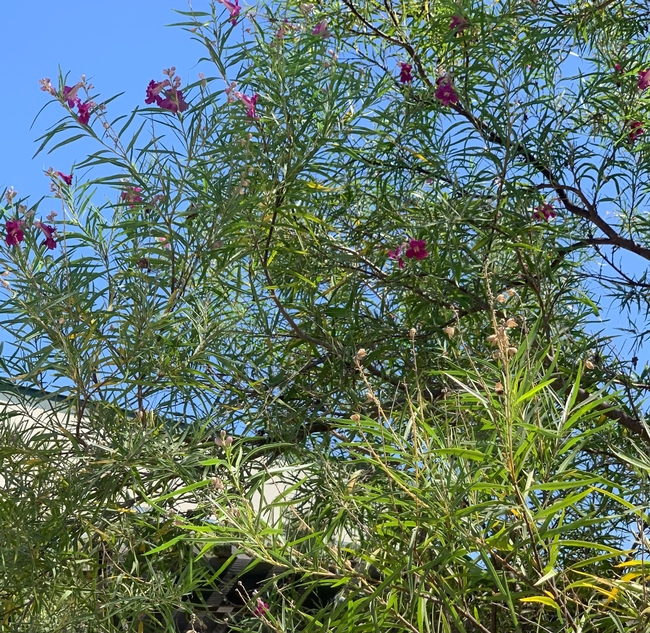
The San Joaquin County Master Gardeners' Learning Landscape includes six distinct but interconnected gardens: The All-Stars Garden, the Foliage Garden, the Edible Landscape, the Mediterranean Garden, the Pollinator Garden, and the California Native Garden which showcases a variety of native plants adapted to our region. It is sited on the grounds of the Robert J. Cabral Agricultural Center and maintained by Master Gardeners volunteers.
Learning Landscape: https://ucanr.edu/sites/sjcoeh/The_Learning_Landscape/
Open 7 days a week, 24 hours a day at no charge. Address: 2101 E. Earhart Avenue, Stockton, CA 95206
The Sacramento Master Gardeners' California Native Garden at the Fair Oaks Horticulture Center within Fair Oaks Park. The California Native Garden is one of six gardens within the Water Efficient Landscape demonstration area, with plants that were chosen because they work well in residential landscapes and are suited to the Sacramento area. Visitors will also learn about water-efficient landscape techniques such as the use of drip irrigation, compost, and mulch.
The Water Efficient Landscape Gardens website, which includes a plant list which can be found here.
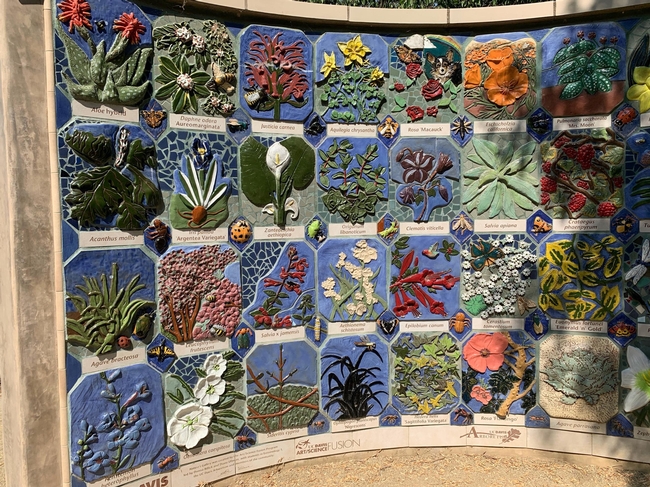
The Mary Wattis Brown Garden of California Native Plants is one of over 20 gardens spread over 100 acres at the UC Davis Arboretum and Public Gardens. Here, visitors can see an extensive collection of natives that work well in home landscapes, including a native meadow for those who are considering replacing their lawn. If you wish to purchase plants, the Arboretum Teaching Nursery holds plant sales in the fall and spring. The sale starts this year on October 19 for members, and after that for the public. More information will be published in their newsletter, The Leaflet. Subscribe online here.
The Arboretum and Public Gardens are open to the public 7 days a week, 24 hours a day at no charge. Parking is free on the weekends but $1.50 per hour or $10 per day in the visitor lots during the week. Click here for more information about visiting.
The UC Berkeley Botanical Garden is worth a visit to see not only plants native to California, but a wide range of plants from all over the world—nearly 17,000 plants in all—one of the largest and most diverse collections in the US. The plants in the California area are grouped according to their communities, which include alpine fell-field, chaparral, coastal beach and dune, desert, oak woodland and pine forests, pygmy forest, redwood forest, riparian, serpentine, freshwater marsh, and vernal pool. Here is their website to help plan your visit.
Open from 10 am to 5 pm for general admission, but a reservation is required. The cost is $15 for adults and $12 for seniors. Parking is limited and costs $1 per hour. Address: 200 Centennial Drive, Berkeley, CA 94720
And if you can't visit in person, you can take a virtual tour by clicking here.
For extensive information on nearly 8,000 California native plants—plant descriptions and growth requirements, areas where they grow naturally, the species of wildlife they support, and even where to buy them—the California Native Plant Society's Calscape website provides a wealth of information.
And for finding places to view native plants in the wild, a planting guide, and help identifying native plants you observe, the Calflora website is another excellent resource.
